17 February 2025
Divorce in Hindu Marriage Act,1955
Ms.Ritu Madhav
TASK NO.1-“FROM TRADITION TO CODIFICATION: DIVORCE IN HINDU LAW AND THE HINDU MARRIAGE ACT,1955”.
Every coin has two sides just like every ending is only possible when it gets started. So the main aspect of divorce is marriage. However we should know how the evolution of marriage happened.
As we know that there was no subject of marriage at the time of primitive men. The men were trying to meet their basic amenities such as food and shelter. They were moreover living like a animal. The sex life was free to every person. Even the men were having more than two partners for their sexual pleasure. With this the men started to flock and this continued with the emergence of ownership and possession behavior or usage. The people then started to live in a civilized manner. Civilization on man dawned with the acquisition of knowledge of cattle. breeding, agriculture and industry and it continued to art and industry itself. When it came to marriage relationship some sexual regulations were made. The regulations were probably made for the group marriages. At the previous time the sexual relationship was prevailed to the particular tribe i.e women in the tribe belonged equally to every man but as same as it was prohibited outside the tribe. The regulation continued with the exclusion of sex relationship with the closer ones that is mother and son, father and daughter. After that the marriage and separation were considered easy matters as the husband and wife without any formalities could separate their relationship with the mutual consent. Then the sex life was not such strict for men as compared to the women because of the patriarchal family i.e the descents of a family is to be traced by the men , the fidelity of the women should be secured with due diligence.
The concept of marriage has been bifurcated into 3 parts: 1. Marriage as a sacrament , 2. Marriage as a contract , 3. Marriage under the Hindu Marriage Act,1955
1. Marriage as a Sacrament:- During the Rig Vedic period, marriage was viewed as a sacred bond between husband and wife. This belief and tradition continue to be upheld in Hinduism today. The Manu Smriti contains the following verse: “I take your hand for Saubhagya (good fortune), that you may grow old with your husband, and you are given to me by the just, the creator, the wise, and the learned.” Manu advises the wife to become a patrnvate, meaning she should follow the same principles as her husband. According to the Rig Veda: “Be the mother of brave children, devoted to the Gods, and be the queen in your father-in-law's home. May all the Gods unite our hearts as one.”
2. Marriage as a contract:- The industrial revolution came to be the part of marriage in which the revolution established the emergence of Marriage as a contract. The main aspect of this revolution was liberty and equality. They talked about the free volition. The concept of Contract came to be established from the Western Family law that the marriage in order to be valid there must be a voluntary agreement between both the parties. Even the minor was also valid for the marriage if the child’s guardian is ready for the contract.
3. Marriage under the Hindu Marriage Act:- The Hindu Marriage Act ,1955 was the legislation which was made to reform the Hindu laws of marriage. So the main questions arise here is that whether the marriage is considered as a sacrament or a contract? The provisions of Hindu Marriage Act tells about that what is actually considered as a marriage. Section 5,11,12 are the provisions under the act which deals about what actually a marriage is.
[a] Section-5 – Conditions for a Hindu Marriage- A marriage may be legally valid between two individuals who are both Hindus, provided the following conditions are met: [i] Neither party shall have a living spouse at the time of the marriage. [ii] At the time of marriage, neither party—
· Is incapable of providing valid consent due to mental unsoundness.
· While capable of giving valid consent, is suffering from a mental disorder that renders them unfit for marriage and procreation.
· Has recurrent episodes of insanity. [iii] The groom must be at least 21 years old and the bride must be at least 18 years old at the time of marriage. [iv] The parties are not within degrees of prohibited relationship, unless the customs or usage governing each allows such a marriage. [v] The parties are not sapindas of each other, unless the customs or usage governing each permits such a marriage.
[b] Section-11- Void marriages- If the provisions under this Act contravenes then the marriage is considered as void.
[c] Section-12- Voidable Marriages- [1] A marriage may be considered voidable under the following circumstances:
[a] If the marriage has not been consummated due to the impotence of the respondent.
[b] If the marriage violates the conditions outlined in clause [ii] of Section 5 of this Act.
[c] If the marriage was conducted with the permission of a guardian, and the consent of the petitioner was obtained through fraud.
[d] If the respondent was pregnant at the time of the marriage by someone other than the petitioner.
[2] The marriage will not be annulled on the following grounds:
[a] The claim specified in clause [c] will not be entertained if:
[i] The petition is filed more than one year after the force ceased to be operative or after the fraud was discovered.
[ii] The petitioner has, with full consent, lived with the other party to the marriage as husband or wife after the force ceased or after the fraud was discovered.
[b] The claim specified in clause [d] will not be entertained unless the court is convinced:
[i] That the petitioner was unaware of the facts at the time of the marriage.
[ii] That proceedings were initiated within one year of the commencement of this Act for a marriage solemnized before it, or within one year from the date of the marriage for marriages solemnized after the Act came into force.
[iii] That marital relations with the petitioner’s consent have not occurred since the petitioner became aware of the grounds alleged.
As we studied about that what actually marriage is from where did the subject of separation came?
The marriage is considered as a civil contract and it is clear from the above step that the marriage can be easily dissolved by making the conditions or provisions valid of a contract based marriage. It is asserted that society has a vested interest in preserving and safeguarding the institution of marriage. Even in legal terms, communication between husband and wife is considered privileged. In England, divorce was first legally recognized in 1857. For a long period, adultery was the primary ground for divorce. Later, cruelty and desertion were also included as valid grounds. For an extended period, these three remained the sole grounds for divorce. Divorce is a legal dissolution that involves not only the end of the personal relationship between husband and wife but also the disintegration of the social institution of marriage. Social institutions are defined by systems and established structures that govern and regulate behavior.
We will discuss the topic “Divorce” by three theories:-
1. GUILT THEORY OF DIVORCE OR OFFENCE- The Guilt theory suggests that the petitioner must be innocent. English law developed the concept of matrimonial bars, discretionary bars, and absolute bars. This means that even if the petitioner presents valid grounds for divorce to satisfy the court, they will not be granted a divorce if matrimonial bars are proven against them. Absolute bars include connivance, acquiescence in the respondent’s misconduct, condonation, and collusion. Discretionary bars consist of the petitioner’s own adultery, cruelty, unreasonable delay, behavior that contributes to the respondent’s guilt, and similar factors. The presence of an absolute bar is detrimental to the petition, while in the case of discretionary bars, the court has the discretion to either grant or deny relief to the petitioner.
2. CONSENT THEORY OF DIVORCE- The Consent theory emphasizes the importance of the free consent of the parties involved. If a marriage is a contract based on the voluntary will of the individuals, they should have the freedom to dissolve it at any time. This is not necessarily because they are malicious, but because they are ordinary people whose marriage has devolved into an undesirable arrangement, making it difficult for them to continue living together.
3. IRRETRIEVABLE BREAKDOWN OF MARRIAGE THEORY OF DIVORCE- The guilt theory of divorce is seen as inadequate because it allows divorce only on certain specified grounds. The consent theory, on the other hand, has its drawbacks as it either makes divorce too easy or too difficult. The challenge faced by modern law is whether a marriage that has irreparably broken down—whether due to the fault of one or both parties, or for no fault at all—should be allowed to continue. Is it not better for both individuals and society to dissolve such a union? In cases where the marriage has lost its essence and only the formal structure remains, there is little value in preserving the empty shell. The law acknowledges this situation and essentially tells the unhappy couple: "If you can prove to the court that your marriage has irretrievably broken down, and that you wish to end a situation that has become unbearable, then your marriage shall be dissolved, regardless of the cause." The breakdown theory of divorce reflects this modern perspective.
Under the Hindu Marriage Act, the breakdown theory is viewed in a particular way. According to the Act, divorce can be granted to either party if:
[a] It is shown that a decree for restitution of conjugal rights has not been obeyed for one year or more, or
[b] It is demonstrated that cohabitation has not resumed for one year or more after a decree for judicial separation has been granted.
G. Siddagangappa vs. R. Shailaja, AIR 2004 Kant.244—Accusations of marital unfaithfulness towards a wife constitute emotional abuse— Making harsh accusations of unfaithfulness and unethical behavior outside of marriage, along with claims of an extramarital relationship, which constituted a serious assault on the wife’s character, dignity, reputation, and overall well-being.
Arunima Bhattacharjee vs. Shayama Prasad Bhattacharjee, AIR 2004 Cal.161—Allegation of cruelty unsubstantiated— The husband alleged that it was agreed during the marriage negotiations that the wife would resign from her teaching position after marriage, but the wife broke this promise and continued working. It was ruled that while the husband may have been upset by this, the wife could not be held responsible for his feelings; however, such an incident could not be considered mental cruelty.
Here are the key provisions related to divorce under the Hindu Marriage Act, 1955 in brief keywords:
1. Section 13 - Grounds for Divorce:
o Cruelty
o Adultery
o Desertion (for 2 years)
o Conversion to another religion
o Mental illness
o Leprosy
o Venereal disease
o Renunciation of the world
o Not living together for 1 year (for mutual consent)
2. Section 13B - Divorce by Mutual Consent:
o Joint petition
o Living separately for 1 year
o Irretrievable breakdown of marriage
3. Section 14 - Time Restriction for Divorce:
o Minimum 1-year marriage before filing for divorce
4. Section 15 - Divorce After 1 Year of Separation:
o Restrictions for remarrying
5. Section 16 - Legitimacy of Children:
o Children born out of invalid marriages
Case- Sarla Mudgil vs. Union of India [1995] –The issue was a man who contracted a second marriage without divorcing his first wife. The Supreme court held that a Hindu man who marries again during the lifetime of his first wife without obtaining a divorce commits bigamy. It emphasized that a marriage under the Hindu Marriage Act cannot be dissolved by mere conversion to another religion, unless there is a decree of divorce.
Narinder Kaur vs. Chanan Singh [1996]- The issue was with the grounds of desertion for seeking divorce under the HMA. The court held that desertion as a ground of divorce require an intention to abandon the other spouse without cause and without consent. The court further emphasized that the desertion must continue for a specific period [atleast two years].
Shobha Rani vs. Madhukar Reddi [1988]- The issue was divorce on ground of cruelty. The court held that mere allegations of cruelty without corroborative evidence would not suffice for granting a divorce.
Conclusion- The divorce is a subject in which it has both boon and curse effects.
As a Boon- If we see this topic from the social perspective then from divorce the womens can be protected from the toxic, abusive, and dysfunctional relationships. It provides a means for personal freedom, emotional well-being, and safety, especially for those subjected to cruelty or neglect. Divorce allows individuals, particularly women, to regain their autonomy, dignity, and mental peace, thus promoting individual growth and self-respect. Moreover, it can lead to healthier family dynamics, where both partners are able to pursue happier and more fulfilling lives, reducing the cycle of negative impact on children and society at large.
As a Curse: On the other hand, divorce can be viewed negatively in certain social contexts, especially where traditional values emphasize the sanctity of marriage. In some cultures, divorce may be seen as a failure, leading to social stigma, isolation, or judgment, particularly for women. It can also disrupt family structures, affecting children and their emotional development. Moreover, in societies where marital stability is a core value, divorce may create economic, emotional, and social challenges for both parties, particularly in cases where the separation involves disputes over property, custody, or financial support.
In conclusion, while divorce can offer a much-needed solution in cases of marital discord, it also brings about complex social consequences that vary depending on cultural, economic, and individual circumstances. Thus, it remains a subject of debate, where its benefits and drawbacks must be carefully weighed.
Reference works:
1. Paras Diwan ; Modern Hindu Law
2. Marriage and Divorce Laws ; Laws and Justice Publishing Co.
Websites:
National Institutes of Health; https://pmc.ncbi.nlm.nih.gov/articles/PMC3083418/
Human Relations Area Files; https://hraf.yale.edu/ehc/assets/summaries/pdfs/marriage-and-family.pdf
Research Gate; https://www.researchgate.net/publication/347228980_Changing_Trends_of_Divorce_in_India_Issues_Concerns
DRNTU; https://dr.ntu.edu.sg/bitstream/10356/81338/1/16%20Dommaraju%2C%20Divorce%20and%20Separation%20in%20India%2C%20PDR.pdf
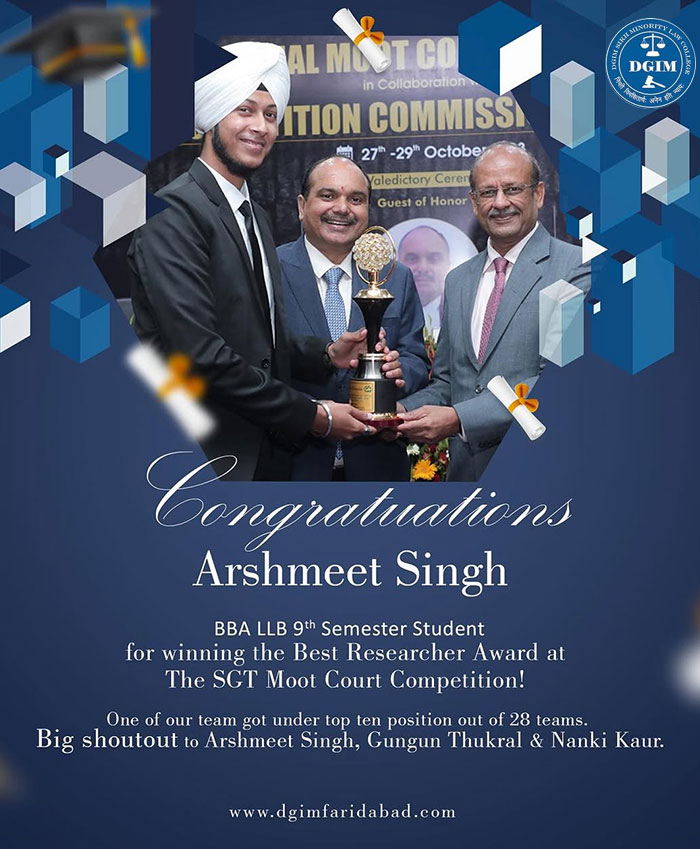
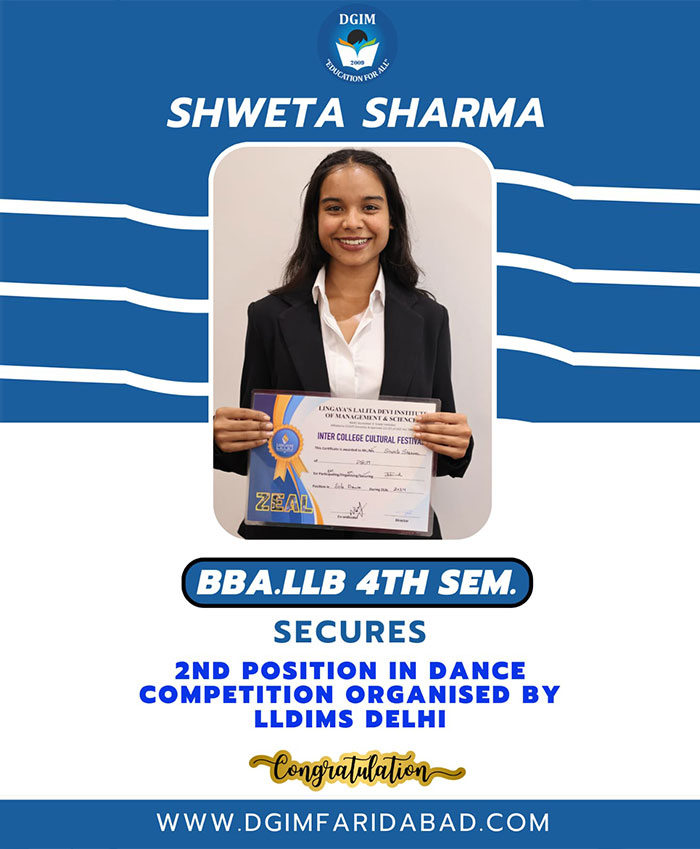
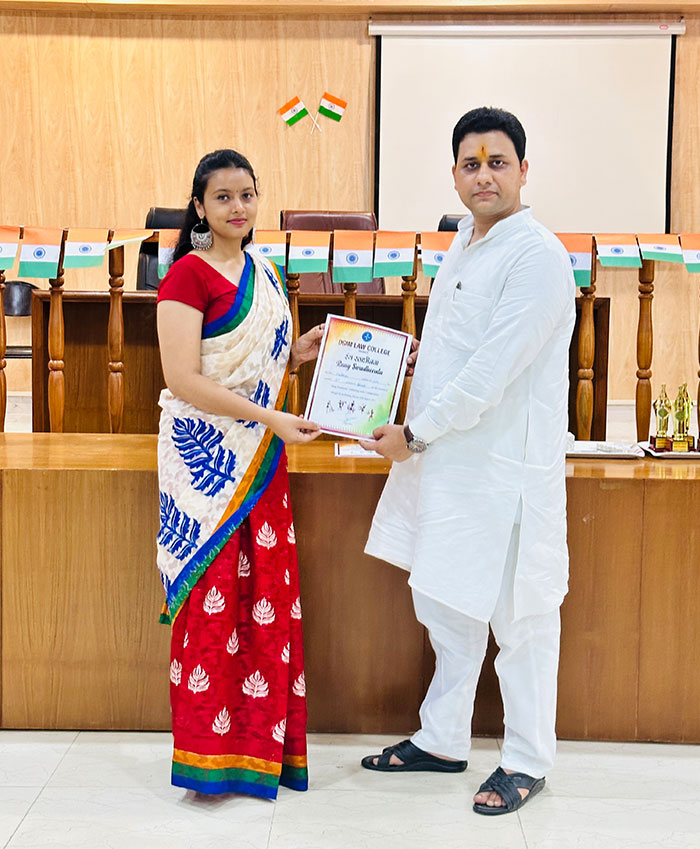
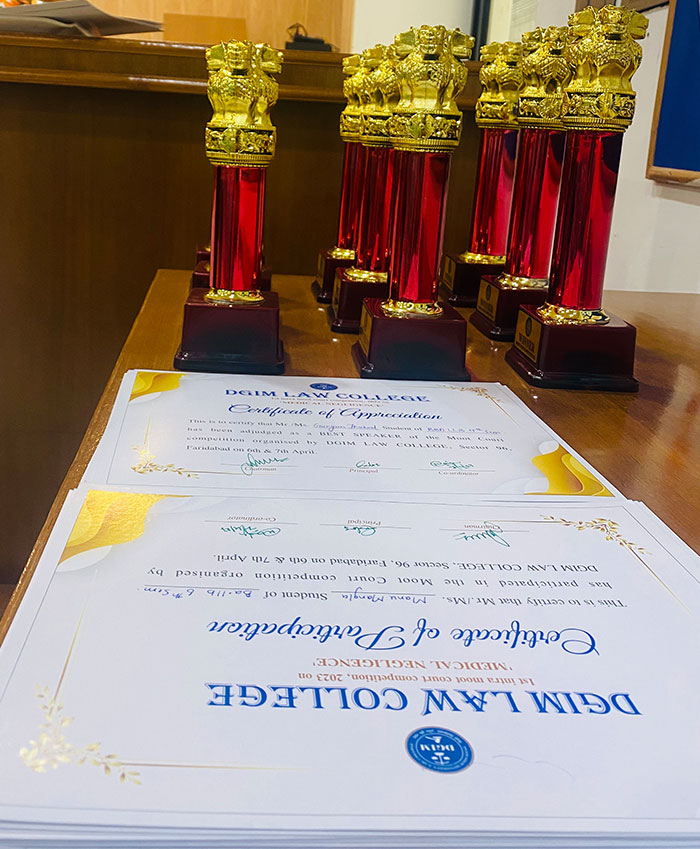
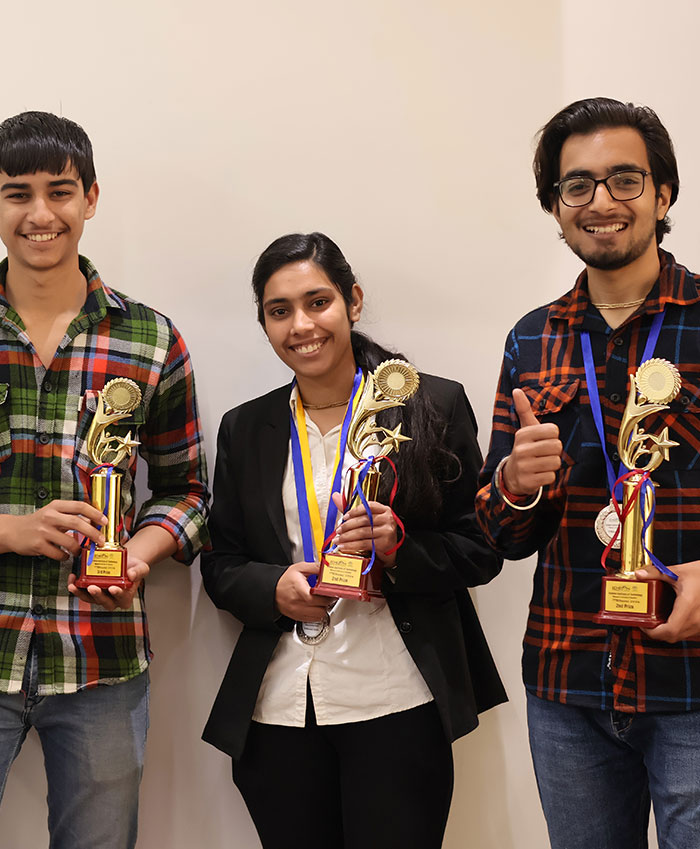

 Student Portal
Student Portal






